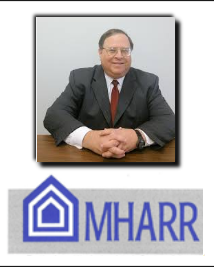 In a 2015 address, HUD Secretary Julian Castro had glowing words for manufactured housing. Calling HUD the “Department of Opportunity,” the Secretary spoke of manufactured homes as a “vital solution” to the nation’s “affordable housing crisis.” In reality, though, HUD and the federal manufactured housing program have spent the last forty years – since the inception of the federal program in 1976 — wasting opportunities (or worse) when it comes to manufactured housing. While documenting all these wasted opportunities would take an entire book, some recent examples from the post-Manufactured Housing Improvement Act of 2000-era will illustrate the point.
In a 2015 address, HUD Secretary Julian Castro had glowing words for manufactured housing. Calling HUD the “Department of Opportunity,” the Secretary spoke of manufactured homes as a “vital solution” to the nation’s “affordable housing crisis.” In reality, though, HUD and the federal manufactured housing program have spent the last forty years – since the inception of the federal program in 1976 — wasting opportunities (or worse) when it comes to manufactured housing. While documenting all these wasted opportunities would take an entire book, some recent examples from the post-Manufactured Housing Improvement Act of 2000-era will illustrate the point.
The Secretary’s flowery prose regarding the “vital” role of manufactured housing — a role ironically ignored by HUD in its last two departmental strategic plans, where it actually counts – stands in sharp contrast with objective evidence of the Department’s actual perspective on HUD Code homes and the role of the federal program. Like the illusionist’s “shiny object,” used to distract an audience, political pronouncements are a diversion. Instead, the truth – and its real world consequences – are to be found in the concrete actions of program officials and, occasionally, in “under the radar” HUD documents, which provide a less guarded insight into the institutional mindset that underlies and drives those actions.
One such HUD document has just been published. Entitled “Manufactured Housing: Reflections from HUD Leadership – A HUD 50th Anniversary Publication” (MH Reflections), it offers a simultaneously revealing and disturbing glimpse into the pathology of a misdirected and mismanaged HUD program that violates its governing law — to the benefit of industry competitors (site-builders, Realtors ®, the rental housing industry, etc.) and the detriment of the HUD Code industry and its consumers — every day.
The HUD manufactured housing program can – and should be — a model of successful collaboration; an example of what an effective partnership between federal and state governments, consumers and private industry can do to help lower and moderate-income Americans (who might otherwise be excluded from the housing market altogether) achieve the American Dream of home ownership and all of its benefits. As MHARR emphasized in its October 26, 2015 documented testimony to the House Financial Services Committee on “Innovative Approaches to Address Housing Affordability:” “By providing inherently affordable home ownership for individuals and families, rather than a form of direct or indirect government ‘assistance,’ or residence in publicly-owned housing, manufactured homes … offer the ‘individuality, the human dignity, the respect for individual rights [and] devotion to individual responsibility’ that President [Lyndon] Johnson envisioned at the signing ceremony for the legislation that created HUD” fifty years ago.
And, for sure, the need for decent, affordable home ownership in the United States has never been greater. Census Bureau data shows that the rate of home ownership in the United States fell to a 20-year low in 2014. At the same time, a February 2015 HUD “Worst Case Housing Needs” report found that nearly eight million lower-income American households in 2013 either “paid more than half their monthly incomes for rent, [or] lived in severely substandard housing, or both,” nearly 50% higher than in 2003.
These wretched statistics — along with the unprecedented contraction in industry production since the turn of the century — only make more damning the failure of the HUD manufactured housing program (ironically excused, supported, or even enabled by part of the industry) to carry out a fundamental element of the mission assigned to it by Congress in the Manufactured Housing Improvement Act of 2000.
The HUD program, with authority over the nation’s most affordable housing, should be playing a dynamic role in facilitating the availability of affordable manufactured homes for consumers and the acceptance of manufactured housing for all purposes within HUD as commanded by the 2000 reform law. With those twin “facilitation” directives, the 2000 law (a unique law passed by Congress unanimously) fundamentally altered the one-dimensional focus of the original 1974 federal law. As congressional proponents of the 2000 reform law put it in a 2003 letter to HUD, “the 2000 Act … transformed the [1974] Act from solely being a consumer protection law to also being an affordable housing law.”
To look at the actions of current program officials, however, and read the “reflections” of post-2000 program “leaders,” one would think that the 2000 law – with its broader focus on advancing manufactured housing — had never been adopted. The entire focus of the HUD program — after four decades – remains on more and more needless regulation, with more and more competition and market-killing regulatory compliance costs (which disproportionately impact smaller industry businesses), even though by all available objective metrics, the consumer safety element of the program has already been fully achieved.
Put differently, nearly two decades after the 2000 reform law, the HUD program and its “leaders” are stuck in a “time warp” where nothing has changed in decades. How else to explain the fact that nearly every “reflection” in HUD’s MH Reflections, involves increased and expanded regulation, with not one word about: (1) actions that HUD is taking (or could take) to advance manufactured housing as an affordable housing solution; or (2) how smaller industry businesses in particular are being strangled by layers of baseless new regulation that undermines their ability to compete, to enter or remain in new emerging markets, or even place homes in large swaths of the country, while HUD is either complicit or stands by and does nothing?
In case after case, the HUD program — and particularly its current Administrator — have either benefitted industry competitors (site-builders, realtors and the rental housing industry) by restricting the HUD Code industry’s ability to compete effectively, or have unduly harmed smaller industry businesses which cannot amortize constantly increasing regulatory compliance costs over a much larger base of production. And there are plenty of examples to illustrate this.
Like the new HUD “on-site” rule that will add millions in needless new bureaucratic costs while undermining a process meant to simplify Alternate Construction and enhance the industry’s ability to compete with other homes in an important emerging market. Ignoring unanimous calls from all program stakeholders (prompted by MHARR) to delay implementation of the rule for 12 months while the MHCC re-examines its requirements and costs, the program Administrator presses forward. “Facilitation?” Hardly.
Like energy regulation. In MH Reflections, program leaders note that manufactured homes are “now … more energy efficient,” a fact confirmed by Census Bureau data showing manufactured home energy costs either lower than or comparable to site-built homes. But what has HUD done to stop the U.S. Department of Energy from singling-out manufactured homes and manufactured homebuyers for crushing energy standards (strongly opposed by MHARR, but supported and advanced by MHI) that will far exceed standards imposed on million-dollar site-built homes and devastate the HUD Code market? In a word, nothing.
Like fire sprinklers. The “leaders” profiled in MH Reflections rightly emphasize improvements in the “fire safety” of manufactured homes. And again, data from the National Fire Protection Association shows that HUD Code homes, in the key categories of fire occurrence, injuries and deaths are either safer than – or comparable to – site-built homes. But what has HUD done to put to rest constant calls for drastic fire sprinkler mandates? Again, nothing, while it currently works to include in the HUD Code – for the first time – a supposedly “voluntary” sprinkler standard (strongly opposed by MHARR, but proposed and advanced by MHI).
Like wind resistance, anchoring and installation. All have been significantly upgraded as correctly observed in HUD’s MH Reflections. But what has HUD done to stop the baseless, discriminatory exclusion of HUD Code homes from jurisdictions around the country (rationalized by myths surrounding these issues) – as the industry and American consumers of affordable housing suffer – when it has all the power and authority, as well as the express statutory mission to do so (as fully explained in two recent “MHARR Viewpoint” columns)?
Like advancing the availability of financing and ensuring the establishment of a federal secondary market and securitization support for manufactured homebuyers as mandated by law. Chattel financing under the Federal Housing Administration (FHA) Title I program has fallen to insignificant levels as GNMA excludes finance companies under its unduly restrictive 10-10 rule. Both FHA and GNMA are HUD agencies. What has HUD done to change the devastating status quo? Nothing. Meanwhile, the Federal Housing Finance Administration (FHFA) — still lacking a final Duty to Serve” (DTS) implementation rule — for the second time in five years has proposed a blanket exclusion of manufactured home chattel loans from DTS (strongly opposed by MHARR, but the subject of closed “mystery meetings” between MHI and FHFA officials). The response from HUD in two open rulemakings? Zero.
And these are just some of the more recent examples of the failures of Washington, D.C. regulators. Many more could be cited. But the point is clear. Congress has given HUD a mandate concerning manufactured housing – in an outstanding, well-thought-out law — that HUD (with the tacit or active support of part of the industry) ignores every day. Consumers and smaller industry businesses suffer the consequences. Larger businesses, shielded by billion-dollar corporate mega-empires, at best, don’t care.
In MHARR’s view, HUD has already wasted 40 years-worth of opportunities to help American consumers achieve the goal of affordable home ownership. And decades of “go-along-to-get-along” have accomplished nothing. Instead, industry businesses and members that care should get behind MHARR’s aggressive agenda to change the direction of this crucial – but “off-the-tracks” program. ##
 By M. Mark Weiss, JD, President and CEO of MHARR – the Manufactured Housing Association for Regulatory Reform.
By M. Mark Weiss, JD, President and CEO of MHARR – the Manufactured Housing Association for Regulatory Reform.
This article first appeared in the Journal, and is reprinted here with permission and the written request and consent of MHARR. The links and downloads in the above were editorially added to make referencing the various points in Weiss article easier for readers and researchers, as was the first few words in the headline: 40th Anniversary of Manufactured Housing Reflections.




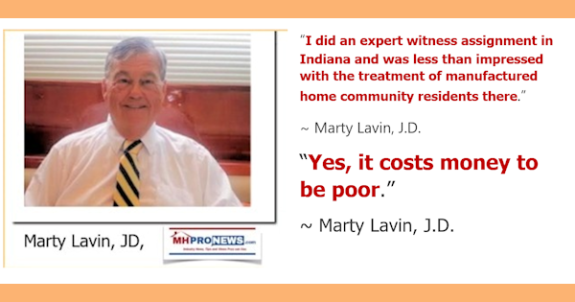
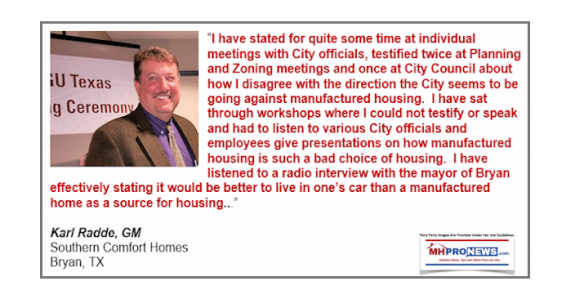
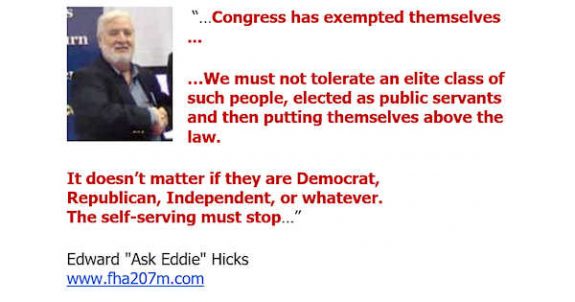
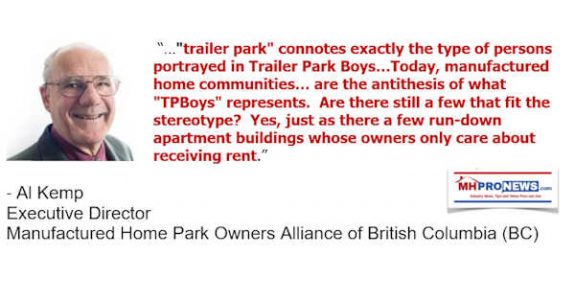
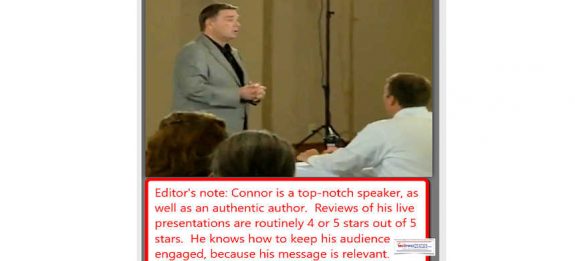
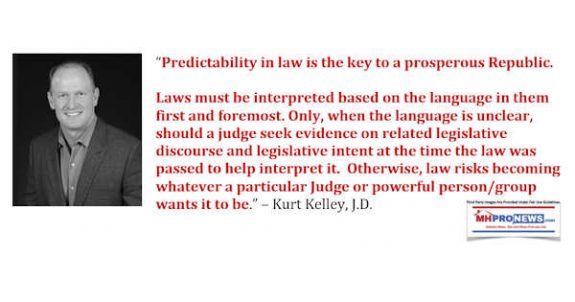
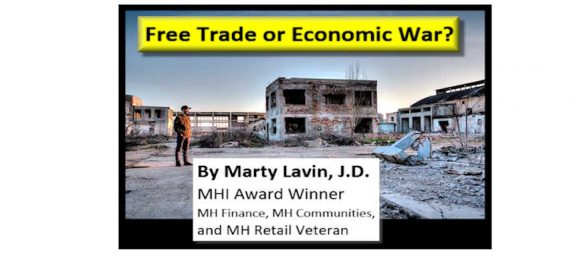
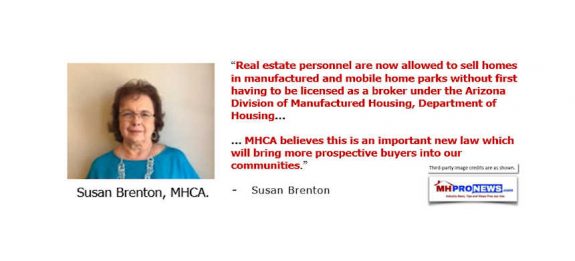
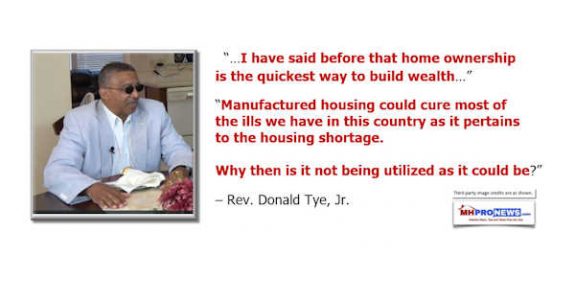
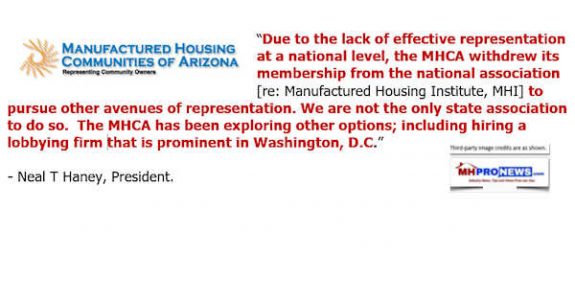
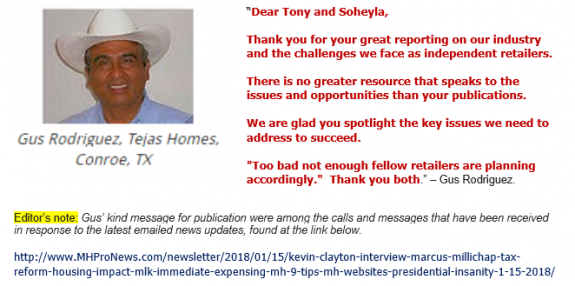
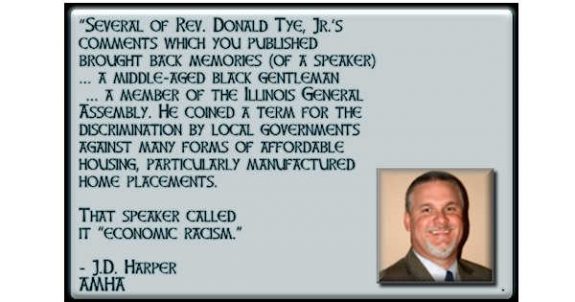
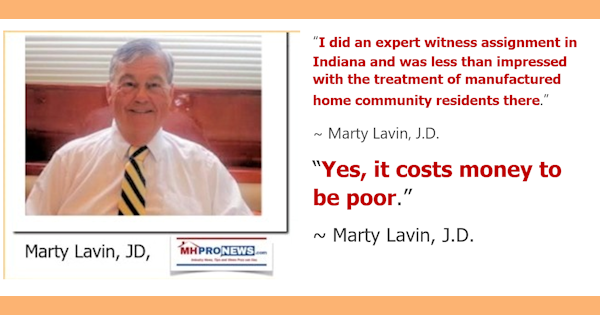
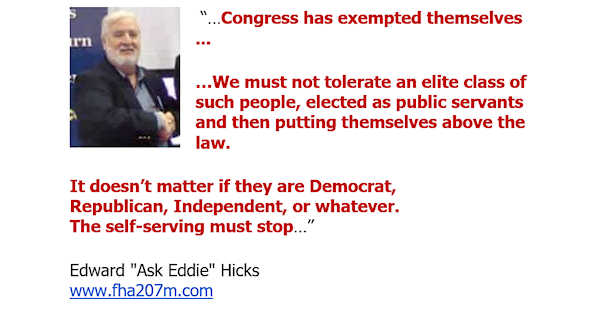
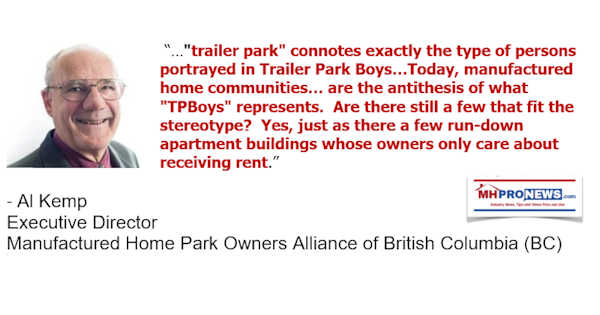
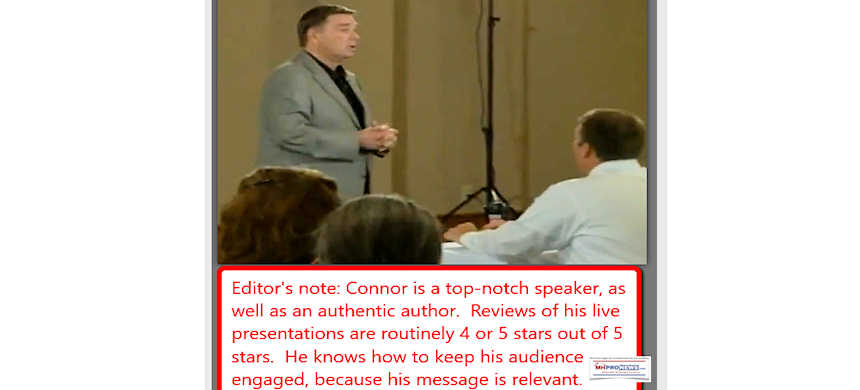
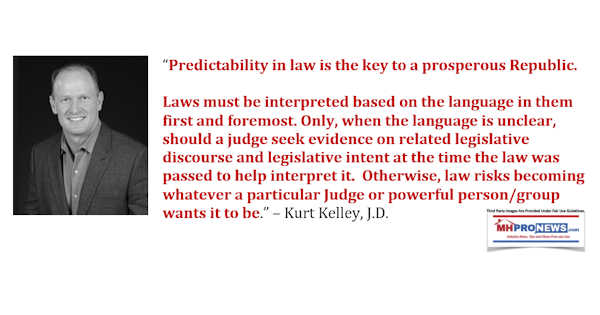
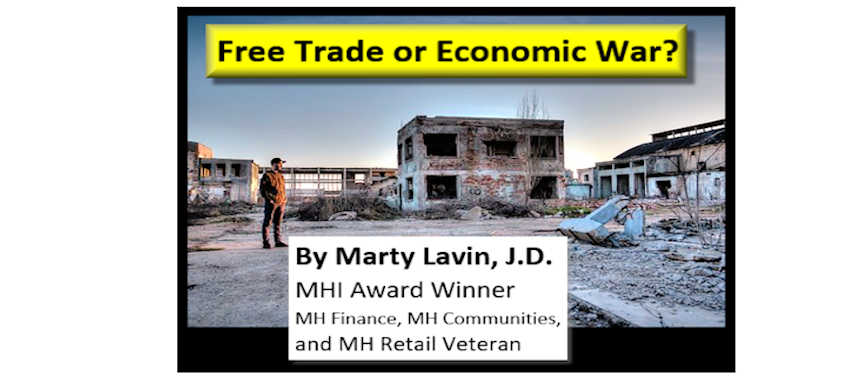
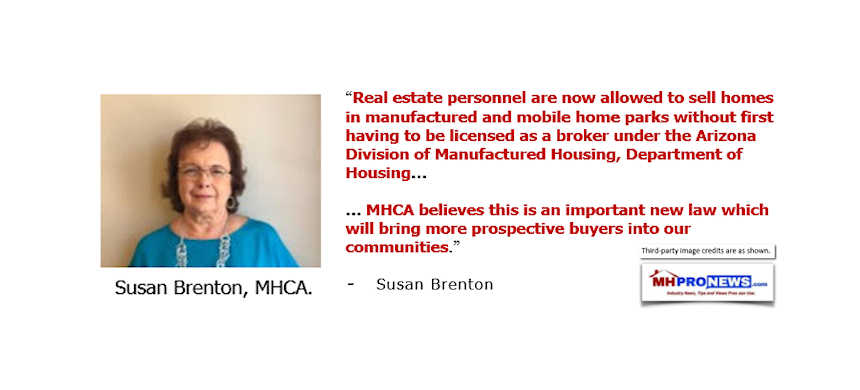
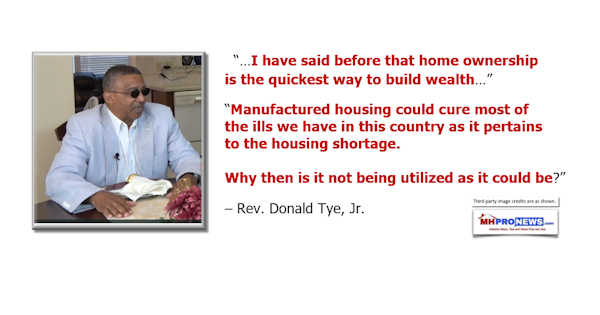
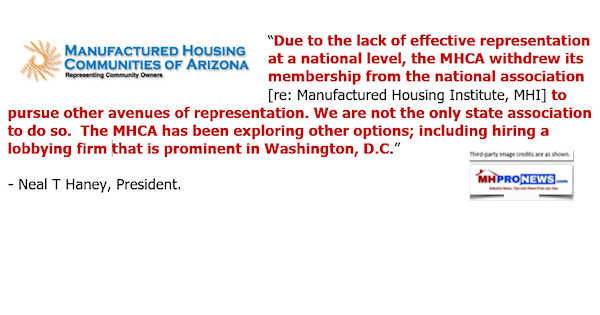
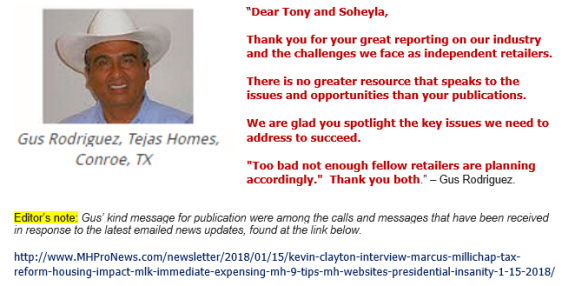
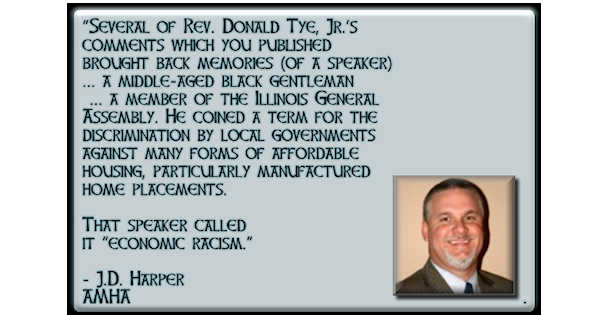
Karl Radde – TMHA, MHI, Southern Comfort Homes – Addressing Bryan City Leaders, Letter on Proposed Manufactured Home Ban
To All Concerned [Bryan City Officials, Others]: As the retail location referenced by Mr. Inderman, I would like to take a moment to address the …